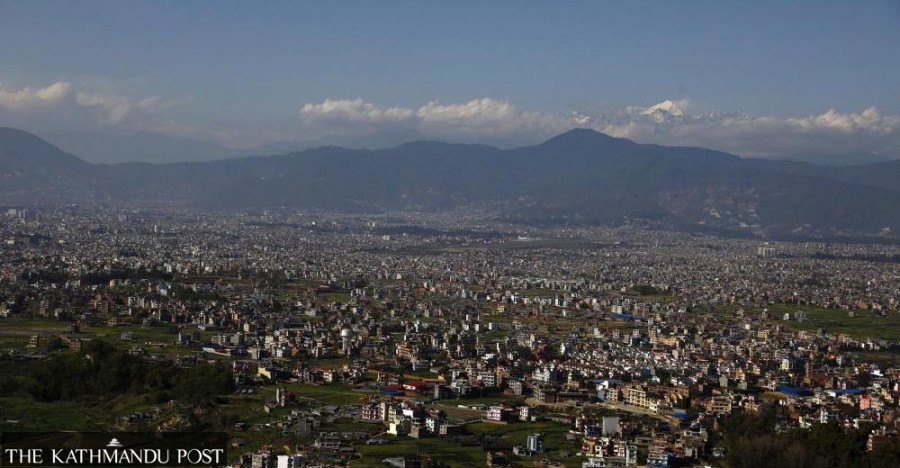Climate & Environment
Meteorologists forecast no rain until January end
The hot and dry westerlies will result in dry winter and could last for more than 15 days impacting the production of winter crops.
Gobinda Prasad Pokharel
Nepal will not experience any rain until the end of January, according to meteorologists, which will directly impact the production of winter crops this year.
According to climate expert Dr Binod Pokharel, the country will not experience any rain in January this year.
Pokharel, who is also an associate professor of the Central Department of Hydrology and Meteorology at Tribhuvan University, said that the westerly wind that entered Nepal since Friday does not bring enough moisture for the precipitation.
“There is no sign of humidity in the wind. This will result in a dry winter lasting more than 15 days,” Pokharel told the Post. “As a result, production of wheat, potatoes, mustard, and other winter crops will decrease.”
Since Friday, Nepal has been experiencing westerly winds which have displaced the thick layer of particulate matter seen inside Kathmandu’s atmosphere. As a result, Kathmandu experienced clear weather on Saturday.
The thick layer of particulate matter is seen more during the winter in Kathmandu due to its bowl-shaped geography which restricts the flow of wind leading to haze and a rise in pollution levels.
The inversion is normally observed during the winter because the air on the land surface is cold and it cannot rise to higher altitudes and forms a thick layer above the land.
According to a World Bank report on South Asia published last month, nine of the world’s 10 cities with the worst air pollution are located in the region, and the hazardous pollution is attributed to the premature deaths of about 2 million people.
The report, titled “Striving for Clean Air: Air Pollution and Public Health in South Asia”, has taken the burning of solid fuels, emissions from brick kilns, the burning of municipal and agricultural waste, and cremation as other sources of air pollution in this region.
The report has also identified six significant ‘airsheds’ in this region where pollution travels long distances and becomes entrapped.
According to the report, those airsheds are shaped by climate and geology, necessitating regional action to address the problem.
The maximum temperature will rise with the arrival of a dry westerly, according to senior meteorologist Indira Kandel at the Department of Hydrology and Meteorology.
“Cold waves and hazes were reported with the decrease in the maximum daily temperature in Tarai before; now the rise in the maximum temperature will provide some relief,” Kandel said.




 16.2°C Kathmandu
16.2°C Kathmandu










